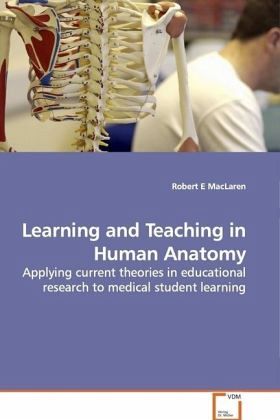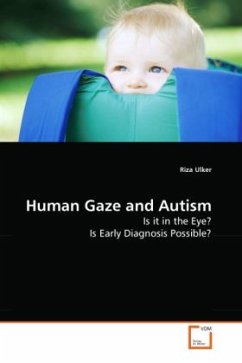
Learning and Teaching in Human Anatomy
Applying current theories in educational research to medical student learning
Versandkostenfrei!
Versandfertig in 6-10 Tagen
32,99 €
inkl. MwSt.

PAYBACK Punkte
16 °P sammeln!
Modern medical school human anatomy teaching frequently leads to students adopting surface learning approaches, such a memorizing lists of structures through mnemonics. This can be avoided by situating anatomy within the domains of evolution, embryology or clinical medicine, which provide understanding and application in ways that encourage deep learning approaches. Examinations in anatomy can also be structured to reward higher learning outcomes through the Biggs and Collis model of 'SOLO Taxonomy'. This book summarises the author's personal experiences of applying current theories in educati...
Modern medical school human anatomy teaching
frequently leads to students adopting surface
learning approaches, such a memorizing lists of
structures through mnemonics. This can be avoided by
situating anatomy within the domains of
evolution, embryology or clinical
medicine, which provide understanding and
application in ways that encourage deep learning
approaches.
Examinations in anatomy can also be structured to
reward higher learning outcomes through the Biggs
and Collis model of 'SOLO Taxonomy'. This book
summarises the author's personal experiences of
applying current theories in educational research
to develop more advanced anatomy teaching methods
and would be relevant for teachers of anatomy across
a variety of disciplines.
frequently leads to students adopting surface
learning approaches, such a memorizing lists of
structures through mnemonics. This can be avoided by
situating anatomy within the domains of
evolution, embryology or clinical
medicine, which provide understanding and
application in ways that encourage deep learning
approaches.
Examinations in anatomy can also be structured to
reward higher learning outcomes through the Biggs
and Collis model of 'SOLO Taxonomy'. This book
summarises the author's personal experiences of
applying current theories in educational research
to develop more advanced anatomy teaching methods
and would be relevant for teachers of anatomy across
a variety of disciplines.












